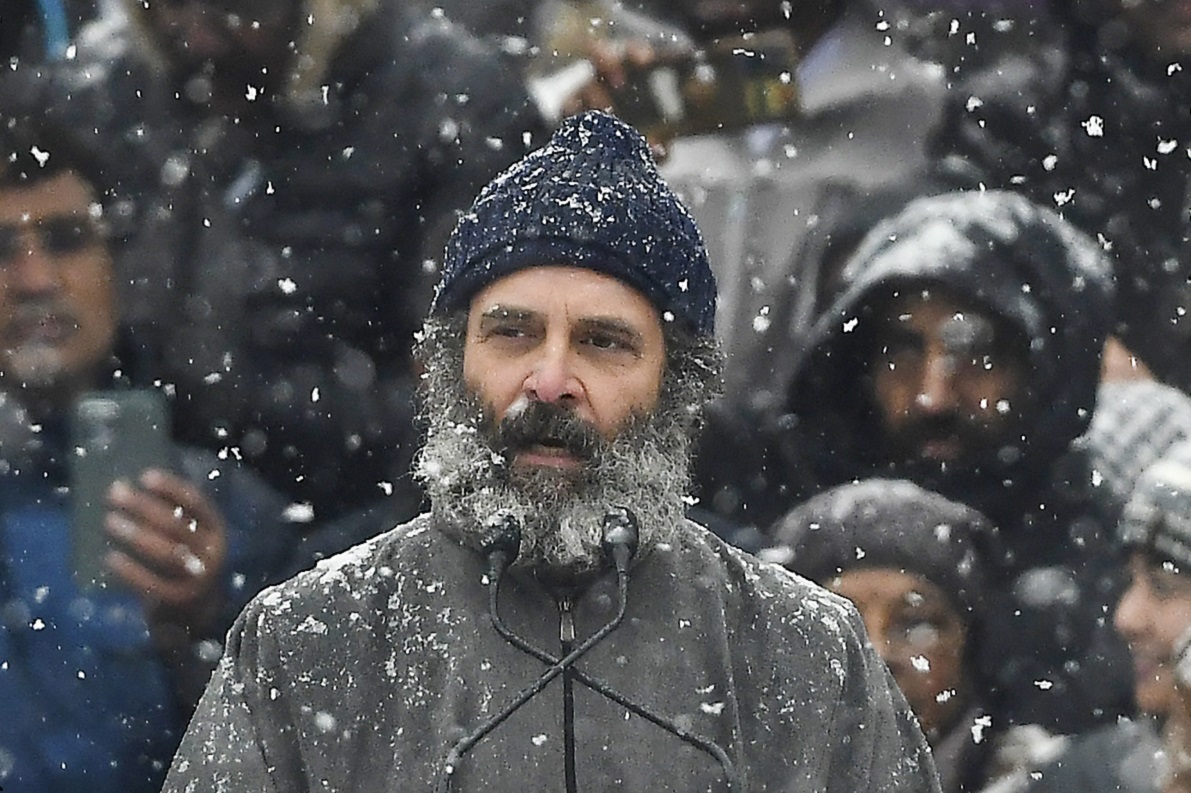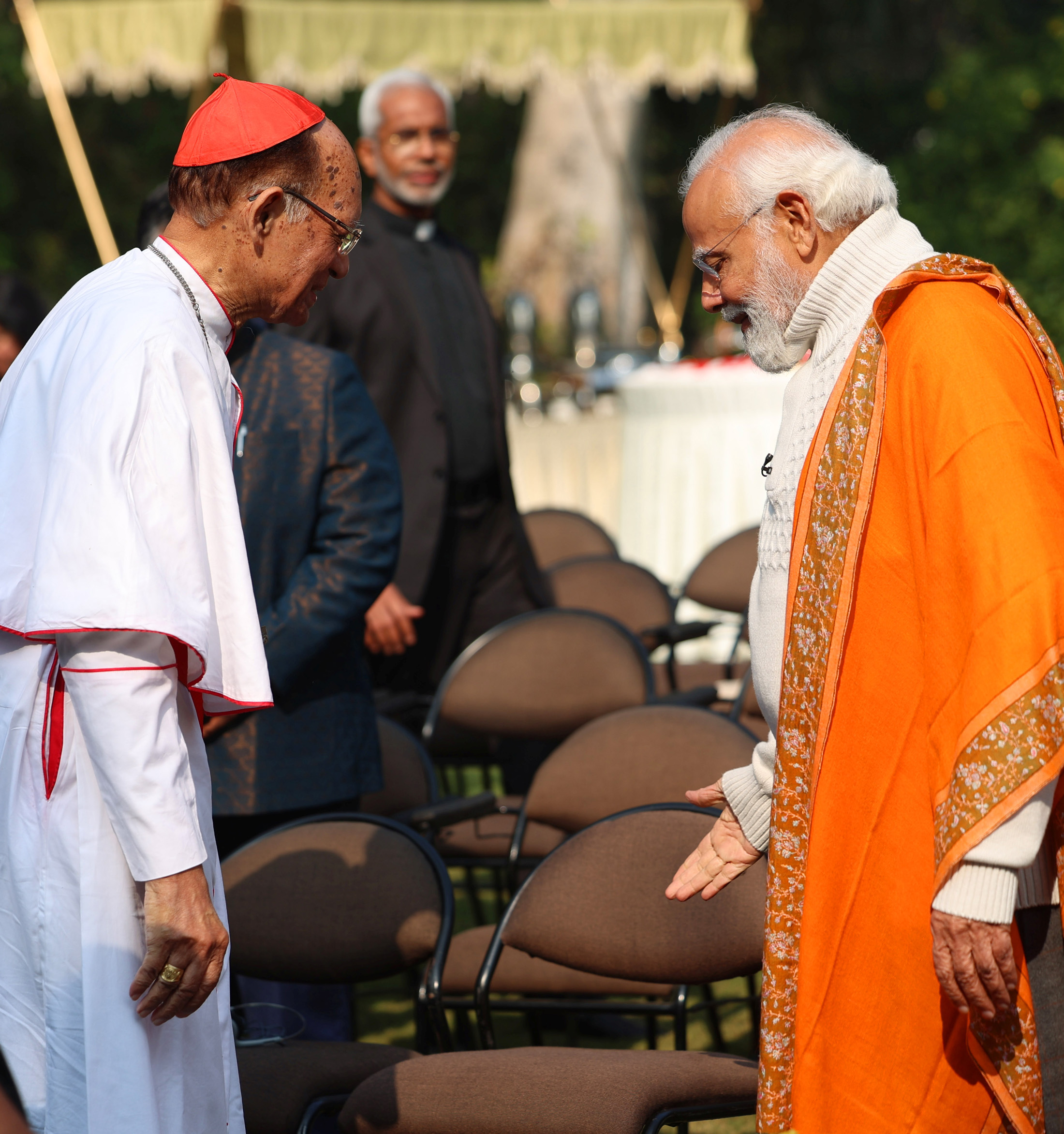On January 26, 2024, India celebrated its Republic Day – the day India adopted its current Constitution – with great fanfare, with French President Emmanuel Macron as the guest of honor. “Liberty, Equality and Fraternity’ is the major political ideal for France, though each of these terms has little meaning for Indians in the context of rapidly expanding Hindu majoritarianism.
Only a few days earlier, on January 22, Indian Prime Minister Narendra Modi inaugurated a massive temple to the God Ram in Ayodhya – at a site called the Babri Masjid that had been disputed for decades between Hindus and Muslims. It was given to the Hindus by India’s Supreme Court, and it was expected to end the long-standing conflict between Hindus and Muslims. This does not seem to be the case. Given that India is a secular country, some feel that the prime minister’s decision to inaugurate it was not at all appropriate. There has been violence in parts of India such as Mumbai. In this context, one wonders what kind of democracy India is becoming. Or is it becoming something else?
Please read this – real reason why all of Modi govt targeting me. @thewire_in on how Modi govt breaking every rule and convention in order to find ways of handing over their future to Adani. India asking what was the quid pro quo? https://t.co/OuqvA6BvqQ via @thewire_in
— Mahua Moitra (@MahuaMoitra) January 2, 2024
Long ago, renowned economist John Kenneth Galbraith described India as a functioning democracy. To some, not much has changed, and the same phrase could be used even today. For years, until the rise of Hindu majoritarianism, India was considered a shining example of secular democracy. It was seen as an exception compared to many newly decolonized Third World countries. And even compared to its immediate neighbors like Pakistan or Bangladesh, which shared a common history but whose politics moved in a different direction, contributing to the myth that Third World countries cannot be democratic. What has often been celebrated about India is the way it has ensured the safety and security of its religious minorities – particularly Muslims and Christians. Both have begun to see themselves as victims of Hindu majoritarianism. This is not to say that there were no issues before the rise of Hindu majoritarianism. Yet, India’s electoral democracy was recognized and it was hoped that it would slowly and steadily move towards substantive democracy. Alas, such hopes and assumptions have fallen apart.

At the heart of this development is the way Muslims, India’s largest religious minority, are treated. They number more than 200 million – more than the populations of Italy and the UK combined. In 2006, a report called the Sachar Report documented their socioeconomic conditions, which were considered worse than India’s Dalits, the former untouchables. Yet the community has produced some of the finest names in art, culture, music, sports and cinema. Khans in Bollywood are the most popular. This contrast is unique. But ever since 2014, the year Modi came to power in Delhi, Muslims have been the target of unprecedented violence in most parts of India. Lynchings, frequent riots and bulldozer justice are the new forms of violence that they face. This has raised global concerns, even as many Muslim countries have paid special tribute to Prime Minister Modi for helping to build their economic partnerships. The fact is that Indian Muslims are increasingly the target of systematic human rights violations. Some even have raised concerns about possible genocide in the future.
At another level, the rise of Hindu authoritarianism has affected various institutions, and the Indian media has become a partner in this process, partly voluntarily for business reasons and partly out of fear of repercussions. Some of the major global news agencies such as the BBC were recently raided by the Indian government for airing a two-part documentary on Narendra Modi’s controversial role in the 2002 Gujarat riots, for which the US denied him a visa. India’s Supreme Court, however, has given Mr. Modi a clean chit on the 2002 riots.

It is widely known that the strength of a democracy is reflected in the way its opposition parties behave or raise their voices in and outside Parliament. There have been also attempts to silence them. Two of their most vocal voices: Rahul Gandhi of the Indian National Congress (INC) and Mohua Moitra of the Trinamul Congress Party (TMC) – a regional party from West Bengal – have been suspended from Parliament. The reason for their suspension is that they have regularly raised their concerns about undue favors being given by the Modi government to Adani, a well-known industrial group. While Rahul Gandhi has managed to return to Parliament after a prolonged battle in the Indian Courts, Mohua Moitra will apparently remain outside the Parliament for now.
On December 24, 2023, Prime Minister Modi hosted a meeting of over 100 Christian leaders from different parts of India. This was seen as an attempt to reach out to Indian Christians. It is worth noting that the Hindu nationalist party, the BJP, is yet to find its feet in various southern states such as Tamil Nadu and Kerala, where Christian communities have a significant presence, and the BJP is working hard to reach out to them. It is also worth recalling that Modi made a similar outreach to Muslims when he started campaigning for India’s prime ministership as Chief Minister of Gujarat. This outreach has not benefited Muslims in any way – instead they have become targets of frequent violence and scapegoating. Worst of all, his government’s decision to exclude Muslims from the Citizenship Act has also raised global concerns. Therefore, the value of such outreach is limited.
What is unfolding at the ground level is what matters. Indian Christians have been targeted by Hindu right-wing political groups for allegedly indulging in forcible conversions of India’s poor – especially India’s tribals – to Christianity. The BJP has promulgated stringent anti-conversion laws in various parts of India to deter Indian Christians from any missionary activities, which is indeed their constitutional right. Indian Christians were promised during the Constituent Assembly debate that they would have full freedom to propagate their own religion in India under the leadership of former Home Minister Sardar Patel. Modi has built the tallest statue of Mr. Patel in Gujarat, but that promise is now forgotten.
The chances of Narendra Modi’s return are high. It is not good news for India’s religious minorities – such as Muslims and Christians. In India’s modern history, Narendra Modi and Jawaharlal Nehru are the two most ideological prime ministers. While Nehru moved India to the left, Prime Minister Modi has been assiduously trying to move India to the right, and his days are not yet over.
Cover photo: people watch the BBC documentary “India: The Modi Question” about Prime Minister Narendra Modi’s role during deadly 2002 sectarian riots, on January 24, 2023. Photo by Arun Chandrabose/AFP.
Follow us on Facebook, Twitter and LinkedIn to see and interact with our latest contents.
If you like our stories, events, publications and dossiers, sign up for our newsletter (twice a month).


